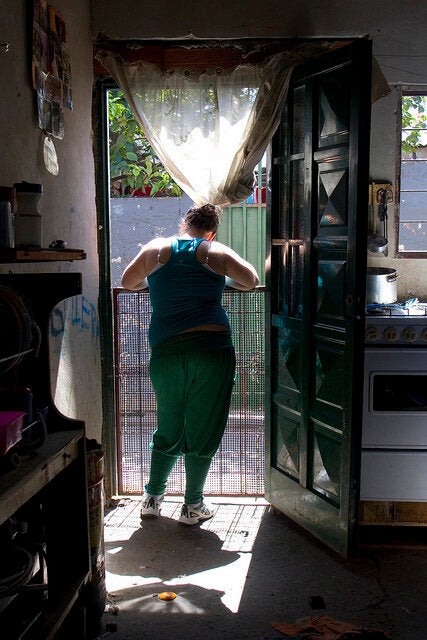
*Jennifer M. Piscopo PhD is Assistant Professor of Public Policy at Salem College in North Carolina. She was a 2002-2003 Gates Scholar, receiving her MPhil in Latin American Studies. Learn more about her research at http://jenniferpiscopo.wordpress.com/. Picture credit: Inter Press Service and Creative Commons.
Latin America leads the globe in maternal mortality rates due to "back-alley" abortions, which account for 12% of all maternal deaths in the region. With the exception of Cuba and the federal district of Mexico City, the procedure remains illegal throughout the region, with most countries criminalising abortion in all circumstances.
Some countries make the procedures available in cases of rape, incest, or health risk, but women will lack access even in these circumstances: in Argentina and Peru, for instance, judges withhold authorisations for legal abortions and doctors refuse to perform the procedures.
Nonetheless, criminalisation and inaccessibility have not eliminated demand. Illegal abortions are sought in 35 out of 1,000 pregnancies, and total estimates of back alley abortions range from 30,000 per year in Nicaragua to 300,000 per year in Colombia. The magnitude of the public health risk cannot be understated.
The unmet need for contraception underlies this risk. Throughout Latin America, over 10 million married or cohabiting women lack access to contraception information and devices. Many family planning programmes will not serve unmarried women and adolescents. The most restrictions are placed on emergency contraception (EC). Based on the inaccurate perception that EC acts as an abortifacient, constitutional courts in Ecuador, Chile, and Peru have ruled that EC violates the state's constitutional duty to protect life. The Honduran Supreme Court recently upheld proposed legislation that would criminalise not just EC, but the dissemination of information about it.
The clearest path to improving maternal mortality - and eliminating unsafe abortions - lies with decreasing unwanted pregnancies. Across Latin America, however, cultural and religious beliefs prevent women from accessing family planning services. Even when federal laws guarantee universal and free access to contraception, as in Argentina and Colombia, local public health officials subvert these laws by withholding programme funds, restricting clinic hours, and delegating implementation to religious organisations.
This September, the Colombian Supreme Court found that officers in the national Human Rights Office - the very public officials charged with protecting women's equal access to healthcare - knowingly distributed false information about the medical effects of contraception. This victory, while notable, remains a rare instance of reproductive justice. Latin American states lack the capacity to enforce their laws in every clinic, especially in rural areas, and resistance to birth control often extends from local doctors to cabinet ministers.
Yet many Latin American politicians, activists, and public health officials do support reproductive rights, and advocates are pushing their countries to follow Argentina and Colombia in mandating free, universal access to contraception. Recent developments in Chile - where the constitutional court reversed its EC ruling and upheld a free contraception law - show that progress is possible. Successful campaigns highlight how contraception availability lowers maternal mortality. While legal change cannot instantly manufacture cultural change, laws provide advocates with clear avenues of redress.
International aid agencies can support domestic advocates by exposing the unwillingness of current governments to promote women's health, and by providing the organisational and financial resources to address these shortfalls through the courts. Irrespective of their personal views on abortion, policymakers must act pragmatically: demands for back alley abortions will only decrease once women can control the space, timing, and number of their pregnancies.
